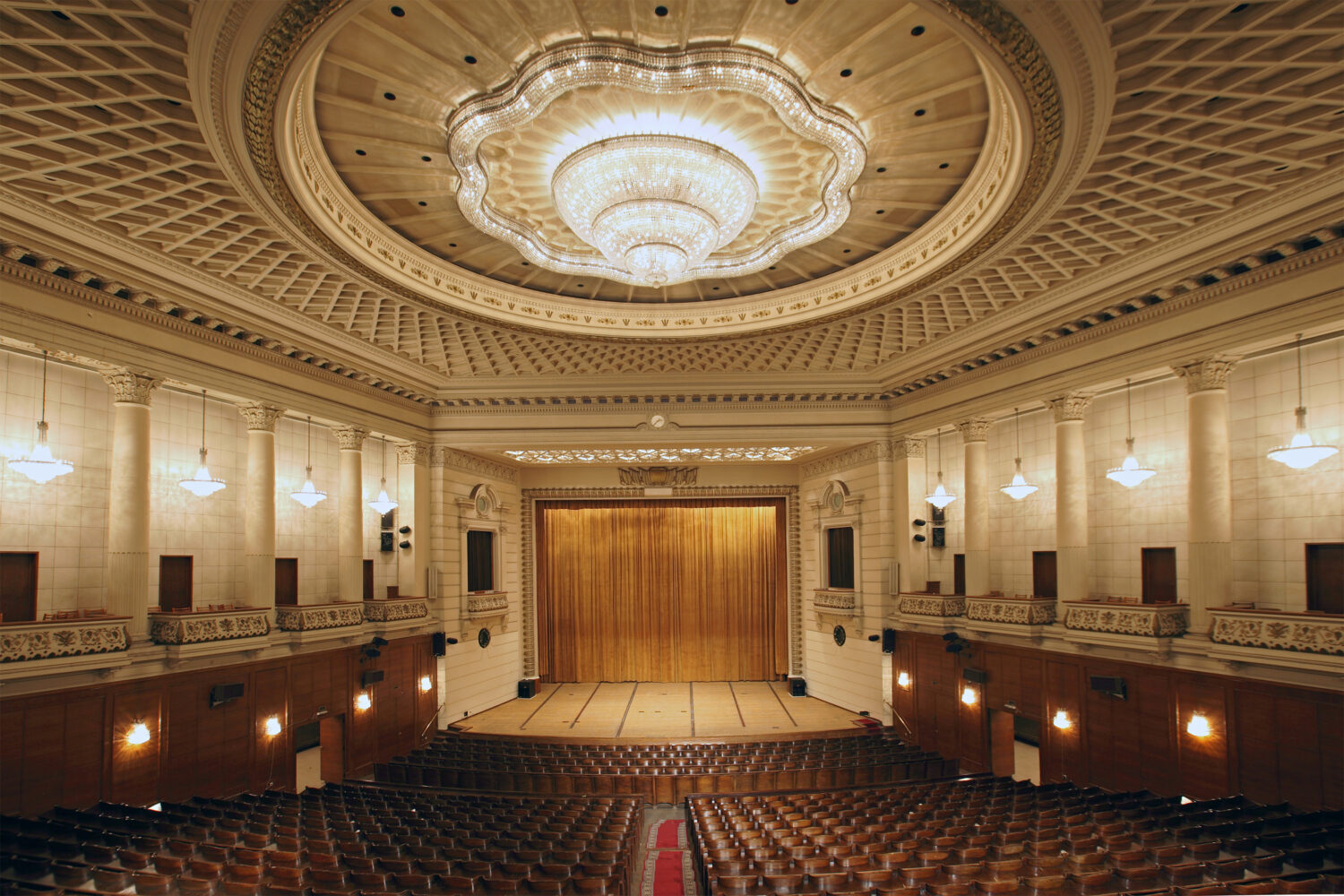

Emilia Kaleva
Architectural Historian and Theorist
University of Architecture, Civil Eng. and Geodesy (UACEG)
Aneta Vasileva
Heritage Preservation Architect
University of Architecture, Civil Eng. and Geodesy (UACEG)
2020 is the year when Bulgarian Parliament continues to relocate. Relocation by itself is not that intriguing in this case, but the choice of a new destination where key state decisions are to be taken in the post-socialist parliamentary Republic of Bulgaria. The idea dates back to the turbulent transition period of the 1990s and the story goes like this.
At a certain moment it turned out that the existing neoclassical building completed in 1928 and listed as a national (historical, architectural and artistic) cultural heritage is small for its active occupants and their growing number of staff. It was decided that the National Assembly should be moved and the new building to be occupied should be no other, but the former Bulgarian Communist Party Headquarters in Sofia – a mini Stalinist skyscraper, built as if on tabula rasa on a site seriously hit by Allied bombing and one of the starkest architectural symbols of the failed communist regime in the country.
After the end of WWII Bulgaria fell within the Soviet sphere of political influence and in 1948 was officially declared a socialist people’s republic. The country was subjected to rapid modernization including industrialization, urbanization, development of public facilities along with post-war reconstruction and redevelopment. This period of centralized socialist construction has seriously changed large parts of Bulgarian habitable environment and it is exactly socialist architecture that to a large extent has shaped the appearance of most public spaces in the country today.
The building of the former Communist Party Headquarters (1954) is a symbol of that era and is a contested heritage par excellence. It has been a direct ideological and architectural import from the political centre Moscow during times of orthodox socialist realism and was a strong propaganda symbol of the whole period of centralized, one-party management of the country. After 1989 the building was logically subjected to anticommunist counter reactions. It was stripped of all communist decorations (including the hammer and sickle stone detailing) and was finally put to fire in August 1990 after days of violent demonstrations.
Yet the building survived. It was left in peace for a couple of years and then, abruptly, came the decision that the Parliament was to be relocated there. A series of architectural competitions followed, both national and international – in 1996, 2003, 2008, 2011, which all revealed a captivating development of the idea how the parliamentary seat of EU democracy should look like when placed in the old Communist Headquarters’ assembly hall. Even more captivating was the contrast between the ideas of local architects and foreigners like Mario Botta for example.
This ongoing relocation saga and the reconstruction which eventually followed lead to a number of interesting questions:
● How should we read the message when a fresh democratic state decides to move its Parliament in the architectural icon of a former totalitarian regime?
● Which is better? To radically change the spirit of a place by completely remodelling it thus proving no connection to its near past? Or to treat it as cultural heritage thus proving we have grown up wise enough to live in peace with our own history?